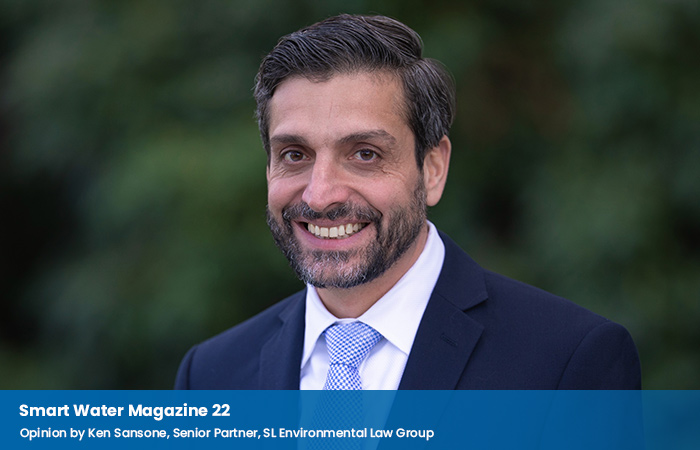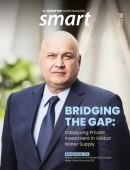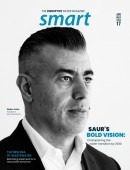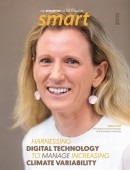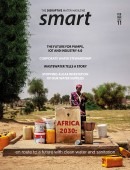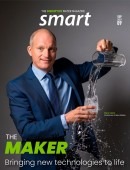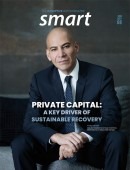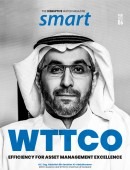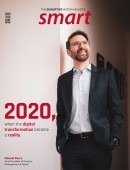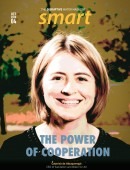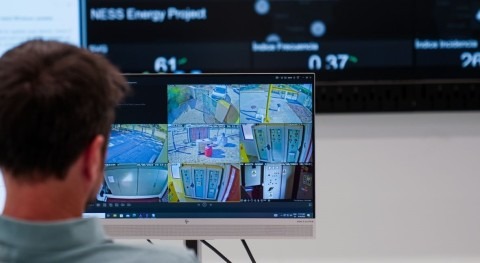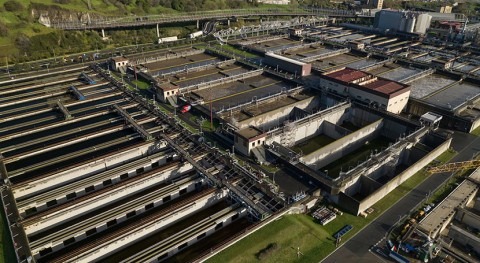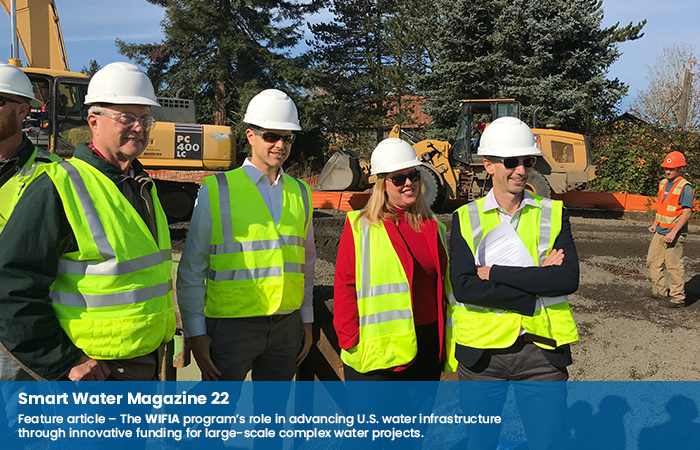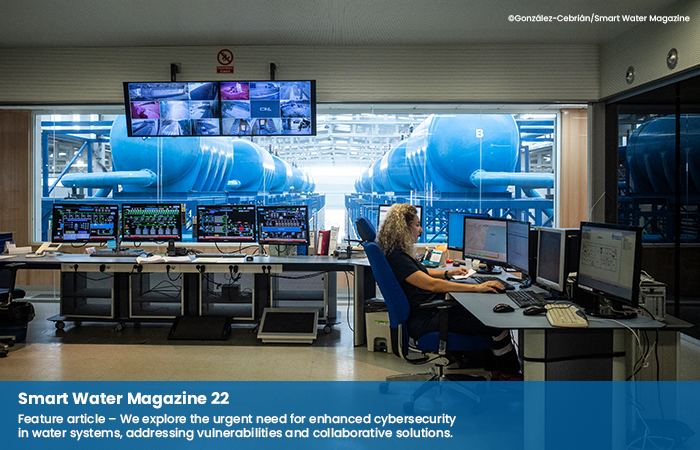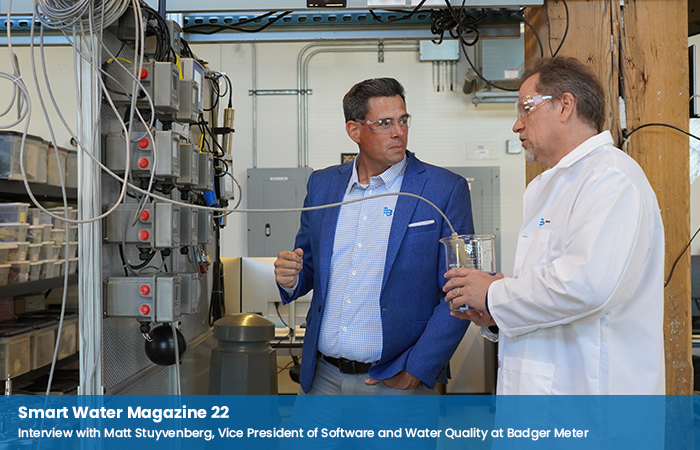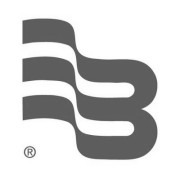Content summary
We release the June issue of Smart Water Magazine – Print Edition, where we delve into transformative advancements in the water sector. In our cover story, we interview Matt Stuyvenberg of Badger Meter about the company’s innovative BlueEdge™ platform, which integrates advanced sensors and data analytics to optimize water management. This edition features an in-depth look at sanitation, wastewater treatment and reuse, and our very first SWM Roundtable, a new forum where we will discuss key topics at length with sector experts. This time it focuses on water reuse in the United States, through the insights of Ben Glickstein, Eva Steinle-Darling, and Peter Grevatt, who share their perspectives on the evolution, drivers, and future of water reuse practices. Additionally, we delve into innovative strategies and major projects aimed at reducing storm overflow spills and their impacts in England and Wales. Be sure to read our features by ACCIONA on digital innovation in network asset management and from Tedagua on advanced technologies for wastewater treatment such as AnMBR, methanation, and electrodialysis. But that’s not all, sector leaders provide their insights through interviews and opinion articles on critical developments in the water sector. Join us as we navigate critical topics and more, providing you with the latest insights and innovations shaping the future of water management.
Features
Discover how ACCIONA's digital strategies transform water network management with predictive maintenance and intelligent systems.
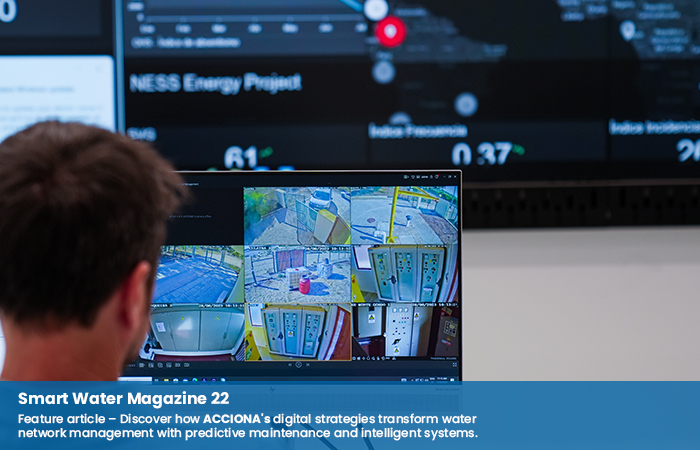
Tedagua is leading the way towards sustainability and efficiency with technologies such as AnMBR, methanation, and electrodialysis.
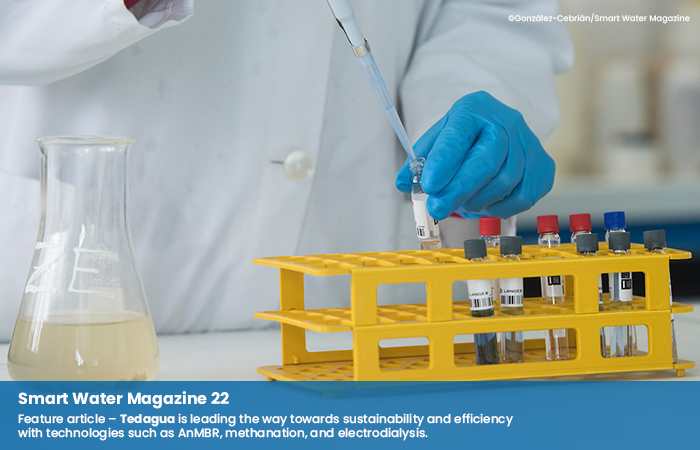
Melbourne Water's Eastern Treatment Plant improved energy efficiency and reduced emissions with HRS Heat Exchangers's Biogas Dehumidification System.
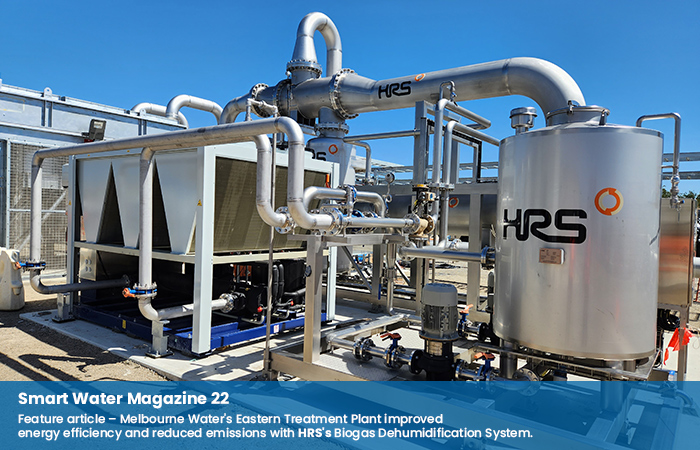
SWM Roundtable: a deep dive into water reuse in the U.S.: progress, challenges and future prospects, through the insights of three industry experts.
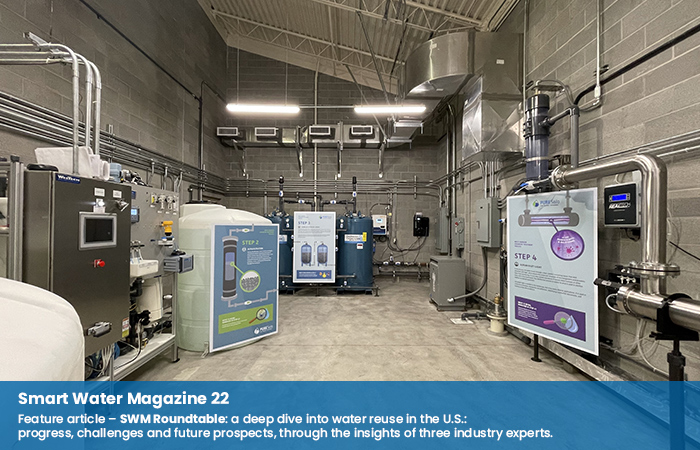
A look at innovative strategies and major projects aimed at reducing storm overflow spills and their impacts in England and Wales.
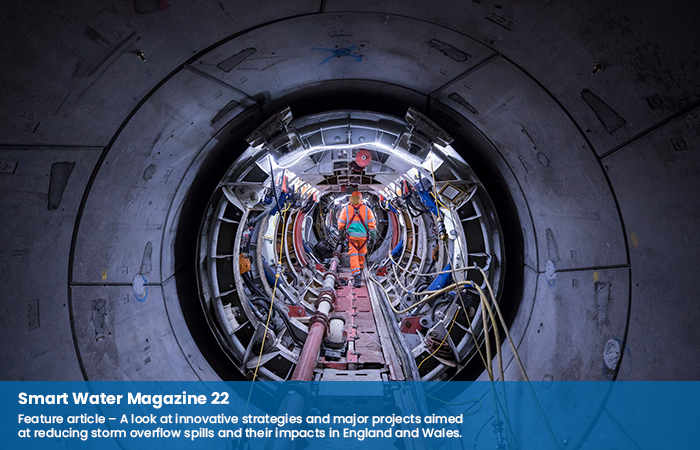
The WIFIA program’s role in advancing U.S. water infrastructure through innovative funding for large-scale complex water projects.
We explore the urgent need for enhanced cybersecurity in water systems, addressing vulnerabilities and collaborative solutions.
Interviews
Interview with Matt Stuyvenberg, Vice President of Software and Water Quality at Badger Meter
- Through a suite of sensors and monitors, communications, software and support, we assist our customers on their technology journey
- BlueEdge is the next evolution of our offerings. In recent years, our R&D and acquisitions have served to bolster our core offerings
- BlueEdge encompasses our entire portfolio, creating a seamless and extensible partnership for addressing smart water challenges
- Many utility systems are grappling with infrastructure that has exceeded its intended lifespan, leading to significant water loss
- We have dedicated teams that provide continuous training so our customers can maximize their investments and exceed their consumers’ expectations
- BlueEdge ensures data standardization, presenting meaningful insights to the intended user — whether a utility operator or a homeowner
- Our low-powered, inline, online and reagent-free technologies enable water quality monitoring to move from the lab to the field
- Network monitoring technologies play a crucial role in protecting water resources by ensuring longevity and reliability of water infrastructure
Interview with Patricia Sinicropi, Executive Director, WaterReuse Association
- Water challenges have raised the profile of water recycling as a solution not just in the drought-prone, arid West, but across the U.S.
- We are in the fourth year of a partnership with the U.S. EPA and other partners to advance a National Water Reuse Action Plan
- Adequate funding, regulatory limitations and a lack of community understanding may limit the implementation of water reuse projects
- Regulatory frameworks will catch up to the proven technology we have, and technology solutions will become more widespread and affordable
- We facilitate information-sharing on some of the most successful approaches to engaging local communities about water reuse
- Water reuse compares favorably to other new water sources in terms of energy and carbon footprint, while providing a high degree of resilience
- We are focused on securing greater investment in water reuse projects, as well as expanding water reuse in the industrial sector
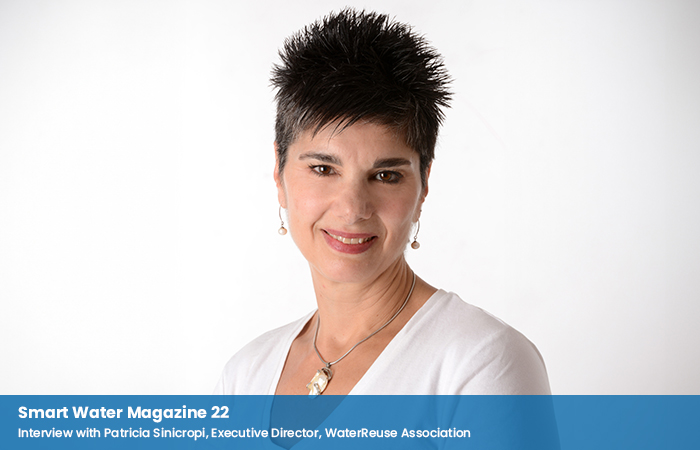
Interview with Peiying Hong, Professor of Environmental Science and Engineering at King Abdullah University of Science and Technology.
- In the absence of oxygen, the anaerobic microorganisms convert the organic carbon in wastewater to volatile fatty acids and methane
- We have shown over the past two years that our treatment plant can operate in a very robust manner and continue to purify the wastewater
- We are looking into technological solutions to reduce dissolved methane in the reclaimed water to improve AnMBR’s overall life cycle
- We are looking into a suitable pretreatment step to do a partial treatment of complex industrial wastewater prior to the AnMBR technology
- Achieving 100% sewage capture can be challenging if Saudi Arabia only relies on a centralized wastewater capture and treatment model
- Our technology can facilitate efficient capture of all wastewaters that are currently not connected to centralized wastewater treatment plants
- Compared to existing aerobic-based solutions which require mechanical aeration, our anaerobic-based solution eliminates the need for aeration
- Our system has demonstrated that we can generate an average of 1.5 kWh of electrical energy for every 1000 litres of wastewater treated
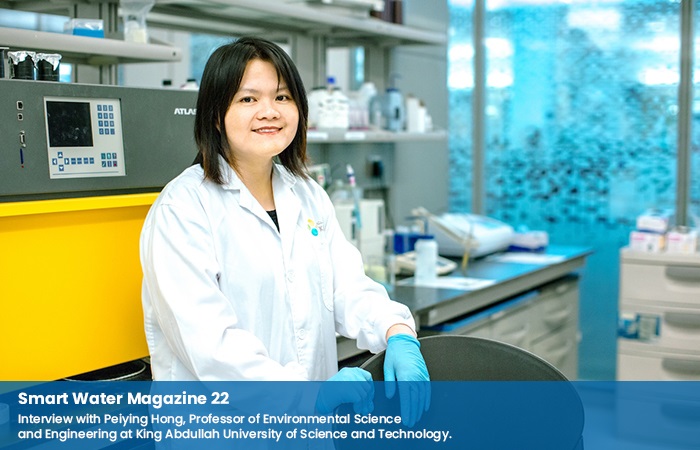
Interview with Snehal Desai, Chief Growth and Innovation Officer at Xylem
- Ageing infrastructure combined with variable water supply is posing serious challenges, but technology can offer fast and affordable solutions
- Across the U.S., more than 5,000 water systems will need to develop new water sources or install advanced treatment technologies for PFAS
- There are practical ways to remove PFAS from drinking water: two of our key technologies are granular activated carbon and ion exchange resin
- In the U.S., upgrading facilities and infrastructure will cost $50 bn, with approximately 40% covered by federal funding and legal settlements
- Helping our customers achieve their net-zero emissions goals through advanced technologies underpins our innovation strategy
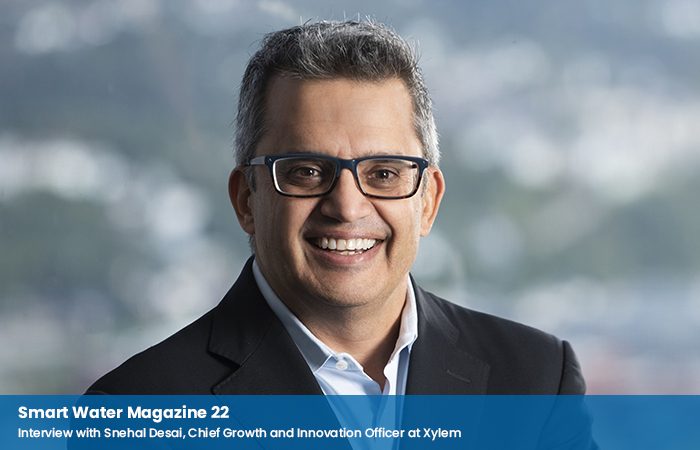
Interview with Iain Fry, Industry Adviser at Capgemini
- Partner stability and longevity are crucial since these are not in-year purchases. Your smart metering partners need to go the distance
- Effective collaboration between partners is crucial, so make sure your partners are willing to work together, share knowledge, and align goals
- Water companies will be faced with an unprecedented volume of data from smart meters. This will be intimidating for those who are not prepared
- Establish clear accountabilities and lines of communication across and between all partners, and jointly define and agree upon roles
- It’s important to be clear on the value that this data can bring, and the opportunities it can unlock at every level of the business
- Data sets are likely to be far from perfect. This will include instances of missing reads, flatlines, unexplained peaks and spurious readings
- Companies should build review check points into both the commercial frameworks and the Key Performance Indicator (KPI) mechanisms
- The industry must come together to collaboratively innovate and implement approaches to disruptive thinking that create new supply chains
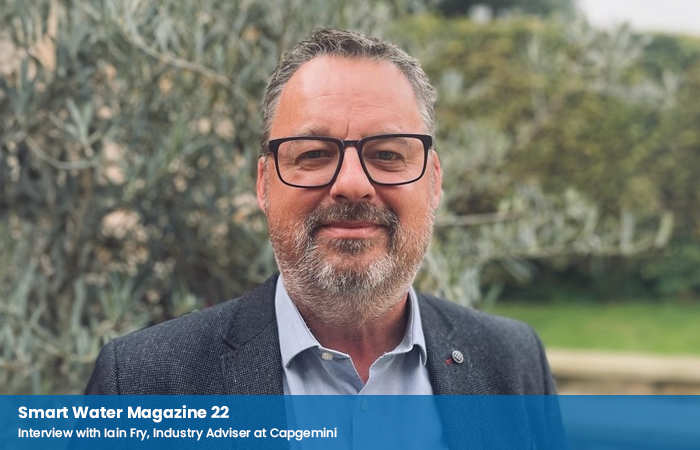
Interview with Chris Wand, Green Recovery Programme Director at Severn Trent
- Severn Trent is investing millions across the East Midlands to produce up to an extra 89 million litres of water every day to our network
- In what is believed to be one of the first in the UK, the Witches Oak project will use floating wetlands as a nature-based pre-treatment
- We are trialling ceramic membranes as a key part of the treatment process, which is a first for us, to further reduce the use of chemicals
- A key element of Green Recovery is trialling new solutions to gain a depth of learning that we can use to inform our future plans
- We have installed over 100k water meters and identified and fixed a large number of leaks using the new data we now have
- We plan an almost £7 billion investment in our wastewater treatment, including plans to go faster to improve storm overflows
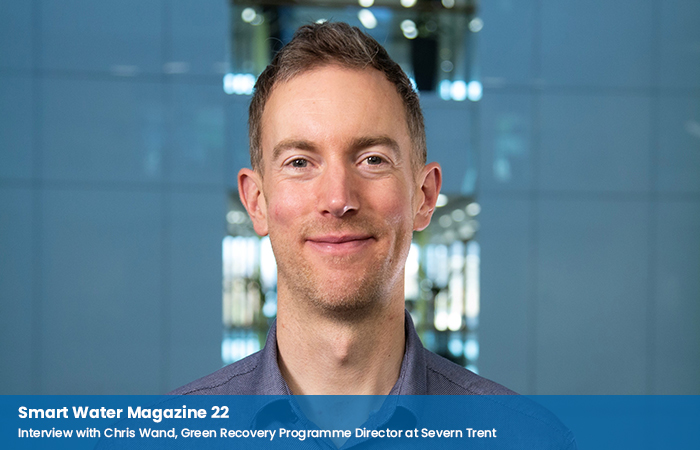
Interview with Eliza Robert, Water Lead at Microsoft
- Our water positive goal includes reducing water use, replenishment, increasing access to clean water, scaling solutions and effective water policy
- It’s more important than ever for businesses to understand how water-related risks affect them, communities where they operate, and ecosystems
- There is no living thing that can function without water and similarly no business can operate without water: Microsoft is no exception
- As our datacenter business continues to grow, we are committed to reducing the intensity with which we use resources, focusing on efficiency
- Right now, in the replenishment space we need to think creatively about ways to build supply and scale projects to other regions
- To understand the value and impact of replenishment work, it’s critical to monitor not only individual projects but also overall basin health
- Innovation will continue to play a powerful role in protecting freshwater resources and promoting access to water and sanitation services
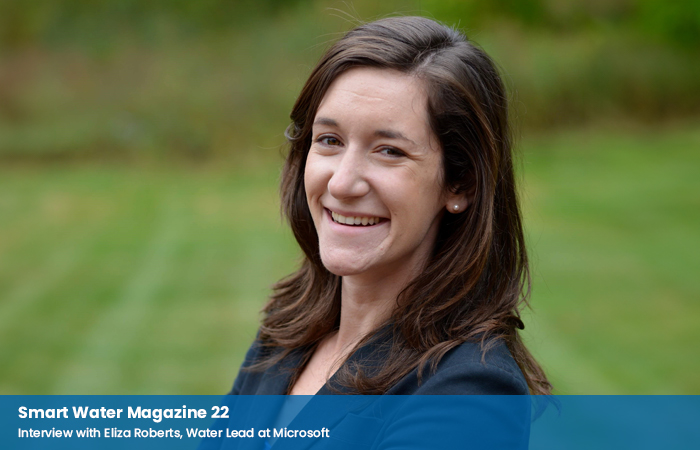
Interview Heidi Oriol, Harvest Water Program Coordinator
- Harvest Water will deliver reliable, high-quality recycled water to agricultural lands and existing habitats in southern Sacramento County
- Restoring groundwater to historic conditions by irrigating with recycled water in lieu of groundwater will drive multiple habitat benefits
- Our goal is to keep prices such that users can afford to switch from using groundwater to using recycled water for most irrigation needs
- Support for Harvest Water has been immense, and the collaboration with others is a very rewarding element of this program
- Recycled water treated at the EchoWater Facility meets and exceeds California’s most stringent irrigation requirements for recycled water
- The drivers for water scarcity, appropriate management approaches, and costs for solutions are greatly impacted by local influences
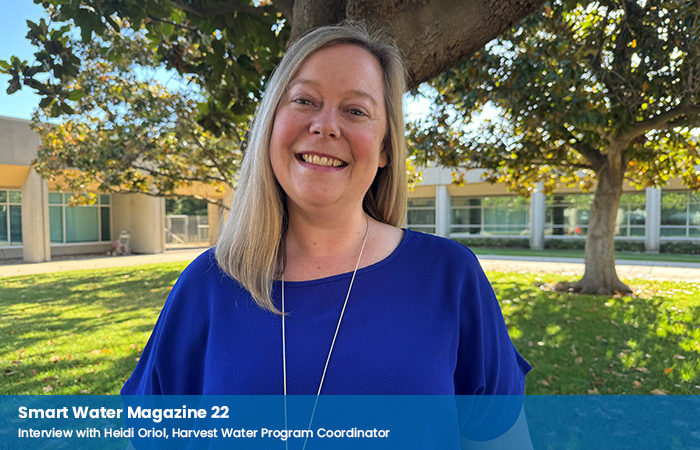
Interview with Dr Nerina Di Lorenzo, Melbourne Water Managing Director
- The WTP upgrade will increase its capacity by 95 bn litres per year in primary treatment to cope with Greater Melbourne’s population growth
- The plant site is home to more than just sewage treatment facilities – doubling as a farm and internationally-recognised bird habitat
- The new Resource Recovery and Re-Use Complex is a milestone in the transformation of the WTP to meet the needs of the next decade and beyond
- The multi-million-dollar project is estimated to cost $711 million and is funded via Melbourne Water’s Price Submission, subject to approval
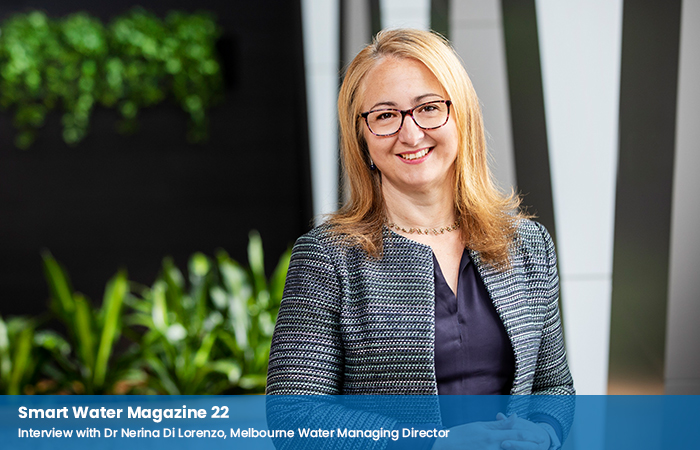
Interview with Paul O’Connell, President and CEO & Marlene Hormes, Chief Investment Officer, Water Equity
- There is often a lack of awareness and understanding of the benefits of investing in water and sanitation among traditional investors
- It is clear that those at the base of the economic pyramid often pay more in absolute terms for water and sanitation than the global average
- WaterEquity embarked upon a new initiative with Water.org to originate investable opportunities in both microfinance and infrastructure
- Satin disburses an average of 70,000 water and sanitation loans annually in India, mostly to invest in household sanitation facilities
- Partnerships are crucial to WaterEquity’s mission to mobilize private capital to address the water funding gap in emerging markets
- We help structure municipal water projects to attract private investment, including from our Water & Climate Resilience Fund
- Our investments target women beneficiaries, and we integrate gender considerations into our investment decision-making processes
- At WaterEquity, our goal has always been to build a sustainable, global capital market for safe water and sanitation to reach those in need
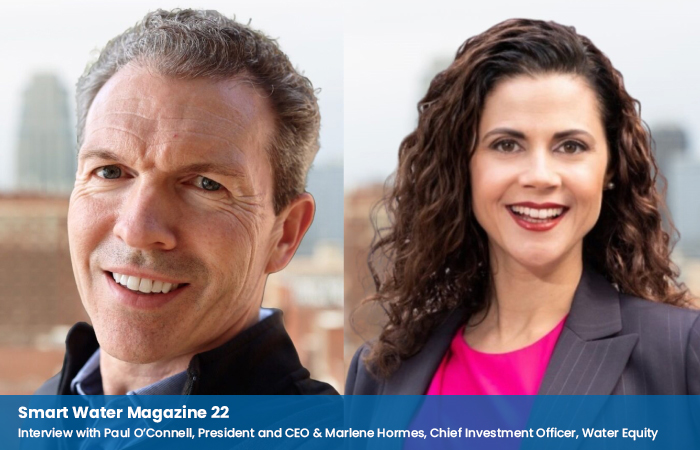
Opinion articles
Luca Brocca, Director of Research at CNR-IRPI and Principal Investigator of the DTE Hydrology project
Andy Biffen, Asset Development Executive Director at EWEC (Emirates Water and Electricity Company)
Mohammed Mahmoud, Water Management and Climate Adaptation Expert
Professor Craig Sheridan, Director and Founder of the Centre in Water Research and Development (CIWaRD), based at Wits University
Sergiy Moroz, Policy Manager for Biodiversity and Water, European Environmental Bureau
Zineb Moumen, Analyst at Bluefield Research and Maria Cardenal, Analyst at Bluefield Research
Ken Sansone, Senior Partner, SL Environmental Law Group
